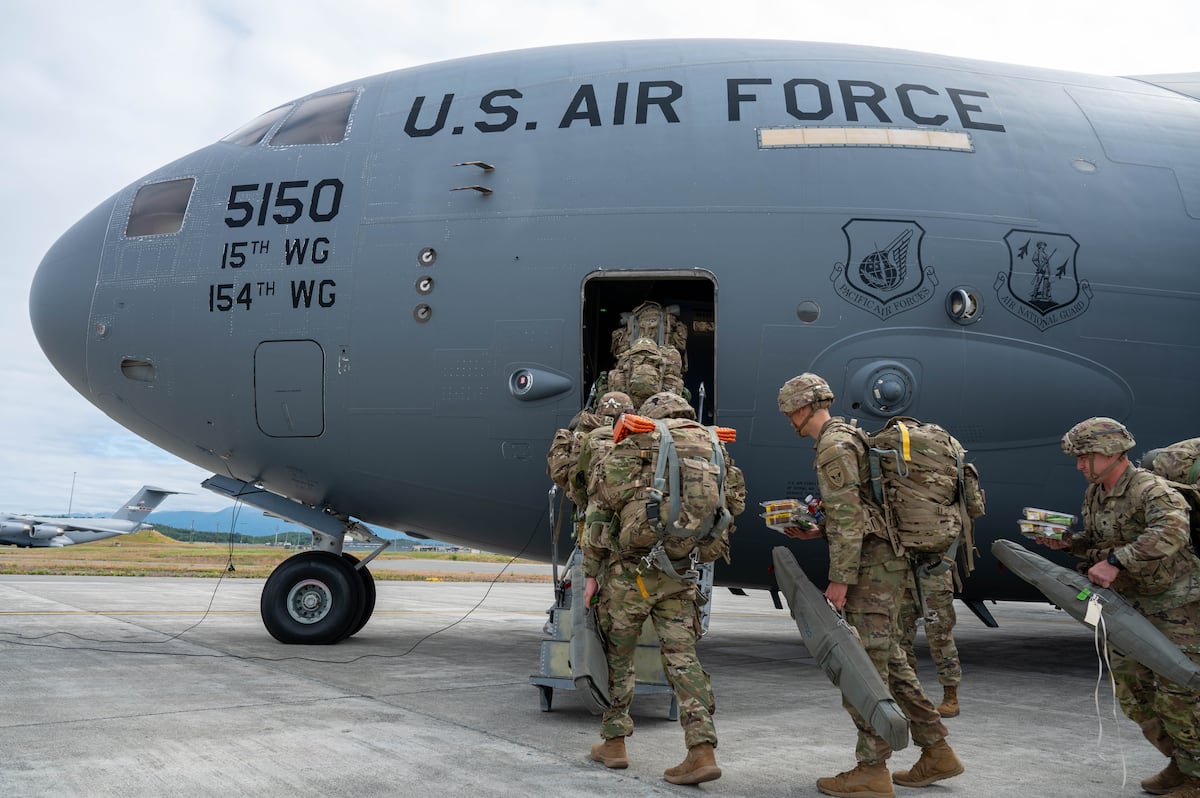Key Takeaways
- U.S. paratroopers successfully executed a nighttime airdrop in Australia during Exercise Talisman Sabre 2025, with minimal injuries.
- Over 400 American paratroopers will participate in additional joint exercises alongside German and French troops as part of the operations.
- The 11th Airborne Division emphasizes its unique capability for conducting operations in both Arctic and subtropical environments.
U.S. Paratroopers Execute Nighttime Airdrop in Australia
In a striking display of military prowess, U.S. paratroopers made a dramatic entrance into Australia as part of Exercise Talisman Sabre 2025. The operation commenced with a 14.5-hour nonstop flight from Joint Base Elmendorf-Richardson in Alaska, culminating in a nighttime parachute drop on July 14 over the Australian countryside. Col. Brian Weightman, commander of the 2nd Infantry Brigade Combat Team (Airborne), highlighted the meticulous planning that led to landing precisely on target. Out of the operation, only three minor injuries were reported, predominantly caused by a midair parachute entanglement.
Following their airdrop, the paratroopers of the 3rd Battalion, 509th Parachute Regiment—known as “Three Geronimo”—moved on foot for more than 30 miles to capture an urban objective near Townsville, Queensland. Weightman remarked on the complexity and significance of executing such operations efficiently, suggesting that the capability to do so should instill apprehension in adversaries.
The multinational effort involved six C-17A Globemaster III aircraft, transporting a mix of U.S. and German troops. French forces joined after their arrival, contributing to the airlift which also included heavy military equipment. Weightman emphasized the crucial advantage of maintaining continuous communication during the operation, enabling enhanced situational awareness.
Technological advancements played a significant role in ensuring successful operations. With improved connectivity, the ability to understand enemy movements and coordinate effectively from a 7,000-mile distance has been greatly enhanced. This level of preparedness enables forces to deploy anywhere globally while maintaining a strategic edge over adversaries.
Nighttime parachute operations indicate a high level of skill, and Weightman expressed confidence in the U.S. military’s capabilities, stating that “we own the night.” The Talisman Sabre exercise aims to bolster interoperability among ally forces, focusing on both training and execution. Following their initial drop, a subsequent joint nighttime jump involving over 400 American paratroopers alongside German and French troops is set for July 21 at Shoalwater Bay.
The 11th Airborne Division, comprising two of the Army’s five airborne brigades, combines mobility with extensive operational versatility. Weightman highlighted their readiness for diverse missions across the Indo-Pacific, particularly emphasizing their unique ability to conduct operations in both Arctic and subtropical climates.
Amid rising tensions in the Indo-Pacific, including challenges from China, Weightman asserted the enduring relevance of airborne units in modern military strategy. While acknowledging operational failures, he remained confident in the effectiveness of airborne tactics, calling them a significant deterrent to potential enemies.
Exercise Talisman Sabre marks a crucial element of U.S. strategic posture in the Indo-Pacific region, with participation from over 40,000 troops across 19 nations. By fostering collaboration and readiness among allies, the exercise seeks to ensure stability and security in this strategic area.
The content above is a summary. For more details, see the source article.















